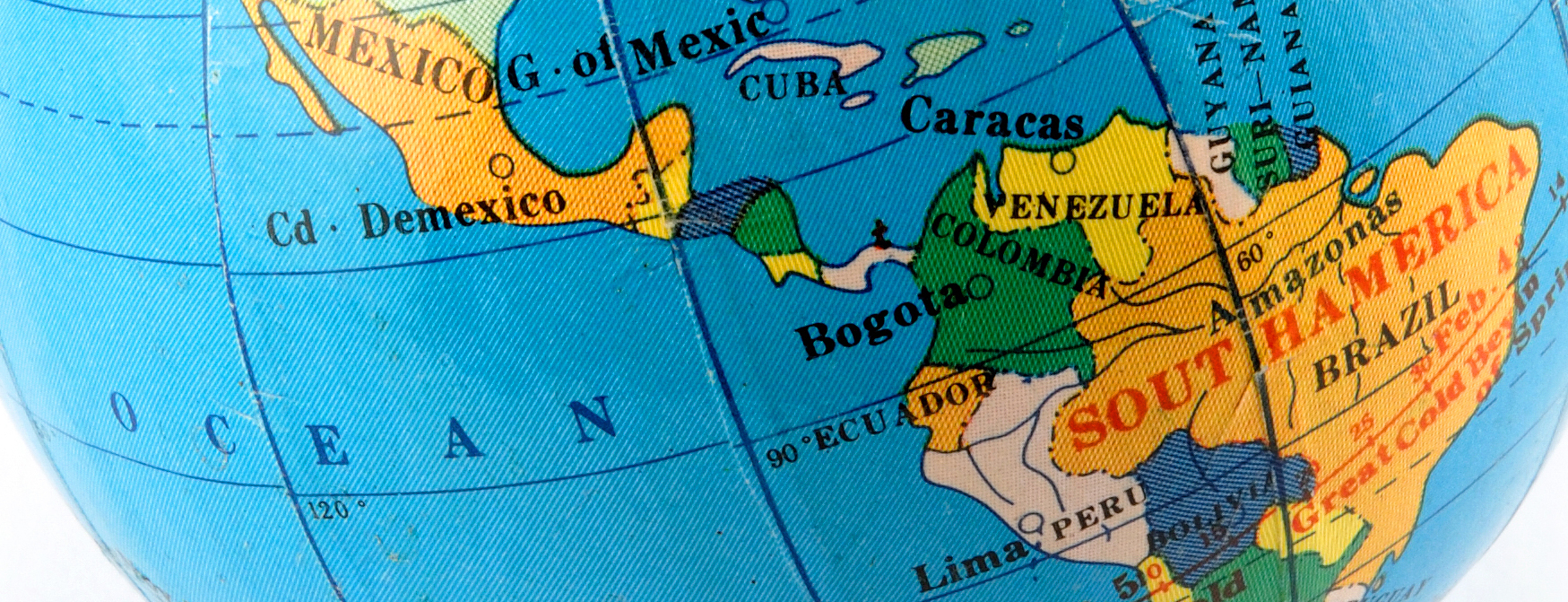Efforts to start the process in the early eighties led to the formation of the Latin American Integration Association (LAIA). But the motives behind this endeavour were hardly economic.
Economic nationalist policies precluded the establishment of a common market for Latin America. With the tense geopolitical situation at that time, the agenda had more to do with strategic realities of the region. The prevailing international economic situation at that time was also not favourable to the regional integration objective.
The debt crisis of 1982 was instrumental in damaging the prospects for collaboration. Deterioration of relations between the two continental giants, Argentina and Brazil, also contributed to the lack of regional progress.
ADVERTISEMENTS:
The Argentina-Brazil rivalry, which had been dormant for most of the post-Second World War period, gained prominence in the early 1980s. There were already fears in Argentina of Brazilian products swamping their markets.
“Diere was a thought of possible armed conflict. The fact that the two countries had military governments did not help either. The Falklands/Malvinas episode seemed an indication of Argentina territorial ambitions.
Rivalries were also seen in the management and exploitation of natural resources. Several countries of Central and South America fiercely claimed oil, water, fisheries and mineral resources in the region.
ADVERTISEMENTS:
Furthermore, violence and civil war spread in Central America and this was directly related to the superpower rivalry in the region even more. In the Latin American region, there was a marked increase in defence spending that restricted economic development.
Having said that, there were steps towards some regional understanding, especially in Central America, where the Contadora group (Venezuela, Mexico, Colombia, and Panama) and the Esquipulas Agreement worked towards peace in the strife-torn region.
This trend was extended to relations between Argentina and Brazil in the mid-1980s. The Integration and Cooperation Programme (PICAB, 1988), and the Treaty of Integration and Cooperation (1989) were important steps. PICAB established a series of bilateral protocols, while the 1989 treaty resolved to create a free trade area between the two in a decade.
Economic cooperation between Argentina and Brazil was also encouraged by the decrease in political tensions. Setbacks in Brazil’s nuclear programme reduced fears in Argentina.
ADVERTISEMENTS:
Nuclear technology was now seen as a route to long-term economic development, apart from the obvious military benefits. Thus, cooperation and transparency in the nuclear programmes were, in some way, crucial in establishing trust and were very effective confidence building measures.
Argentina and Brazil have been integral to the economic cooperation in South America. Friendly ties between the two countries are essential for cooperation in the region. By the eighties, common external pressures and a lack of alternative policies led to a convergence in their foreign policies.
In the post-Second World War era, Argentina and Brazil (as also several other countries in the region) had followed a policy which involved moving away from the influence of the United States while seeking closer ties with major powers both in the developing and the developed world.
But this strategy of countering the US policies did not really work as Washington’s influence and involvement in the region continued, as part of its anti-communist agenda. The next step for the Latin American countries was thus to pursue the same policies but through a common front and regional cooperation.
Thus, economic cooperation came about as a result of the desire to be united against external pressures. The economic downturn throughout the eighties also presented the need to weather the situation in a collective manner.
At least between Argentina and Brazil, economic cooperation was also helped by the convergence of domestic economic policies: the Cruzado Plan in Brazil and the Austral Plan in Argentina.
Changes in the political situation within the region also forced cooperation among some of the countries. Tensions between Argentina and Chile, guerilla violence in the Andean region, and the fears of subversion from the unstable areas of the Caribbean (Cuba, Surinam, and Grenada) coincided with the downgrading of Argentina as a threat to Brazil. A combination of these changed circumstances also helped induce regional cooperation.
By the mid and late 1980s, it was clear that military governments were on their way out. Moves towards democratisation changed the aggressive mindsets that had dominated Brazil and Argentina.
In order to shore up support, military regimes adopted aggressive postures, the necessity of which declined with increased democratic decision-making.
Especially in the post-1985 period, there was a need to protect this nascent democratisation through foreign policy steps, and this goal proved conducive to regional cooperation. It was obvious that democracy still had its enemies, and only a concerted regional effort could defeat them.
But a caveat here would be necessary. In Brazil, and also in Argentina, if not to the same degree, the military did change with the times, and the rapprochement with Argentina came about with their approval. This treaty, signed by Uruguay, Argentina, Paraguay, and Brazil, created MERCOSUR, and came into force in November 1991. This was one of the biggest steps in the quest for regional cooperation in the region.
The other major regional community that has been a lynchpin of regional progress is the one that was formed through the Andean Pact (Bolivia, Colombia, Ecuador, Peru, and Venezuela). Though it has been in existence for three decades, it has been plagued by economic problems, both domestic and global, especially in the seventies and eighties.
Non-compliance with its protocols on tariff liberalisation by member states has also been a spanner in the works. But since the mid-eighties, through an open regionalism approach, the Andean Pact has made some gains. In the decade of the nineties, the creation of a free trade zone and the lowering of the common external tariff have been significant achievements.
Provisions of the Andean pact have received legal backing from the constituent states, and this has increased confidence in these economies among corporations. This has resulted in massive inflows of foreign direct investment in the region.

